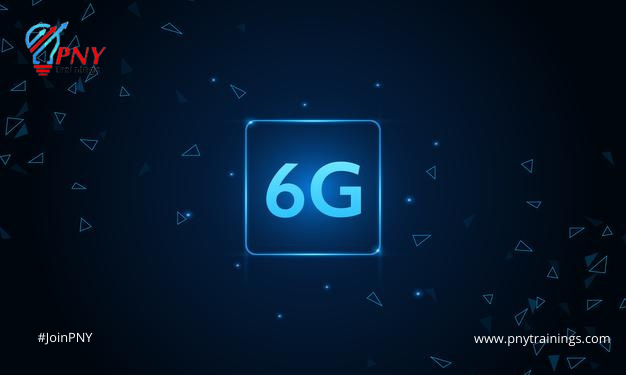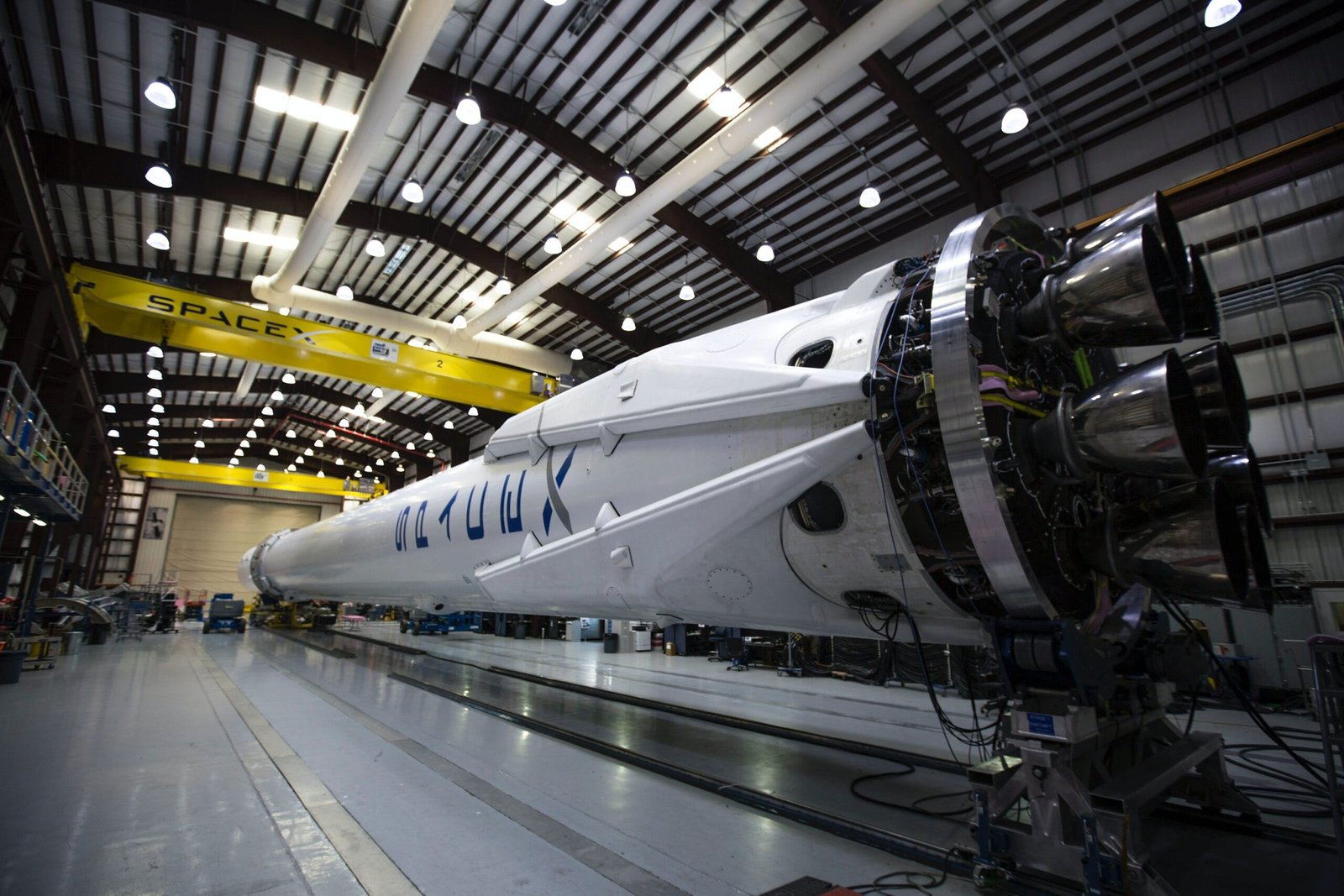
The successor to 5G cellular technology is 6G (sixth-generation wireless). 6G networks will be able to operate at higher frequencies than 5G networks, and those will be resulting in significantly increased capacity and lower latency. One of the goals of the 6G internet is to provide communication with a latency of one microsecond. This is 1,000 times faster than one-millisecond throughput (or 1/1000th the latency).
However, several networking experts are exploring and discussing 6G because significant changes are coming to internet technology in general. Consumers are infusing Wi-Fi into nearly every part of their daily lives, utilizing more gadgets and consuming internet bandwidth at historic rates. Wireless firms are also racing to catch up to traditional broadband internet providers.
Differences between 5G and 6G network
5G and 6G networks use higher-range wireless airwaves to transmit data quicker than 4G, 3G, and 2G networks. When comparing 5G with 6G, the 5G is assigned to the low band and high band frequencies such as – sub-6 GHz (Gigahertz) and above 24.25 GHz respectively. The 6G will operate at frequencies ranging from 95 GHz to 3 THz (Terahertz). Because a different spectrum is employed, 5G vs 6G technology can be used to improve the efficiency of a variety of industrial sectors.
When it comes to performance, 6G will deliver significantly better results than recently implemented 5G wireless networks. 6G will give a peak data bandwidth of 1,000 gigabits/s with air latency of fewer than 100 microseconds by operating at terahertz frequency ranges. When comparing 5G and 6G network speeds, 6G is predicted to be 100 times faster than 5G while also providing increased reliability.
How 6G will look like?
It’s difficult to predict exactly what 6G will include, but it will almost certainly include enhanced levels of automation and connection in automobiles, drones, mobile devices, homes, and industries. It will also use artificial intelligence and enhanced “edge computing” to make networks more sophisticated, allowing complex processes like road traffic and stock markets to be coordinated with record-breaking internet speeds and zero latency systems like road traffic and stock markets.
6G Availability
The commercial introduction of 6G internet is scheduled for 2030. To boost capacity, minimize latency, and improve spectrum sharing, the technology makes better use of the distributed radio access network (RAN) and the terahertz (THz) spectrum. While there have been some preliminary discussions about defining 6G, research and development (R&D) activities began in earnest in 2020.
China, for example, has launched a 6G test satellite with a THz system, and Huawei Technologies and China Global are apparently planning similar 6G satellite launches in late 2021. Many of the issues with millimeter wave radio deployment for 5G must be resolved before network designers can tackle the challenges of 6G.
According to the source, the Korean government launched a five-year plan to invest 220 billion won ($193 million) on the development of fundamental technologies for 6G, which has yet to be standardized, while increasing collaborative research and cooperation with the US.
Need for 6G Networks
Deep learning and big data analytics will be part of the sixth generation of cellular networks, which will bring together hitherto divergent technology. Much of this convergence has been facilitated by the launch of 5G.
A significant driver of 6G is the requirement to deploy edge computing to ensure overall data and low latency for ultra-reliable, low-latency communications solutions. One of the driving forces is the need to support machine-to-machine communication in the internet of things (IoT).
Future with 6G Network
Beyond 5G (B5G), like B4G, is viewed as a path to 6G technologies that will replace 5G capabilities and applications. Many private wireless 5G solutions for commercial and industrial customers integrating LTE, 5G, and edge computing have helped create the framework for 6G.
This will be taken much further by next-generation 6G wireless networks. They’ll build a web of communications providers, many of whom will be self-providers, similar to how photovoltaic solar power has enabled smart grid co-generation.
6G radio networks will provide the communication and data collection required to accumulate information. For the 6G technology industry, however, a systems approach is necessary. Data analytics, AI, and next-generation compute capabilities leveraging HPC and quantum computing will be included.
6G A long way to go.
When compared to its original premise as an Internet enabler in all applications, 5G technology has continually shown its fundamental limitations. These flaws have sparked a flurry of activity aimed at defining the next-generation (6G connection) wireless infrastructure, which will be capable of integrating long-range applications ranging from stand-alone systems to virtual reality.
Despite all of the recent initiatives centered on 6G, the technology’s core architectural and performance components are still mostly unknown.
Despite this, 6G is predicted to be a convergence of forthcoming technical advancements driven by fascinating underlying services, rather than mere research.
RELATED POSTS
View all



